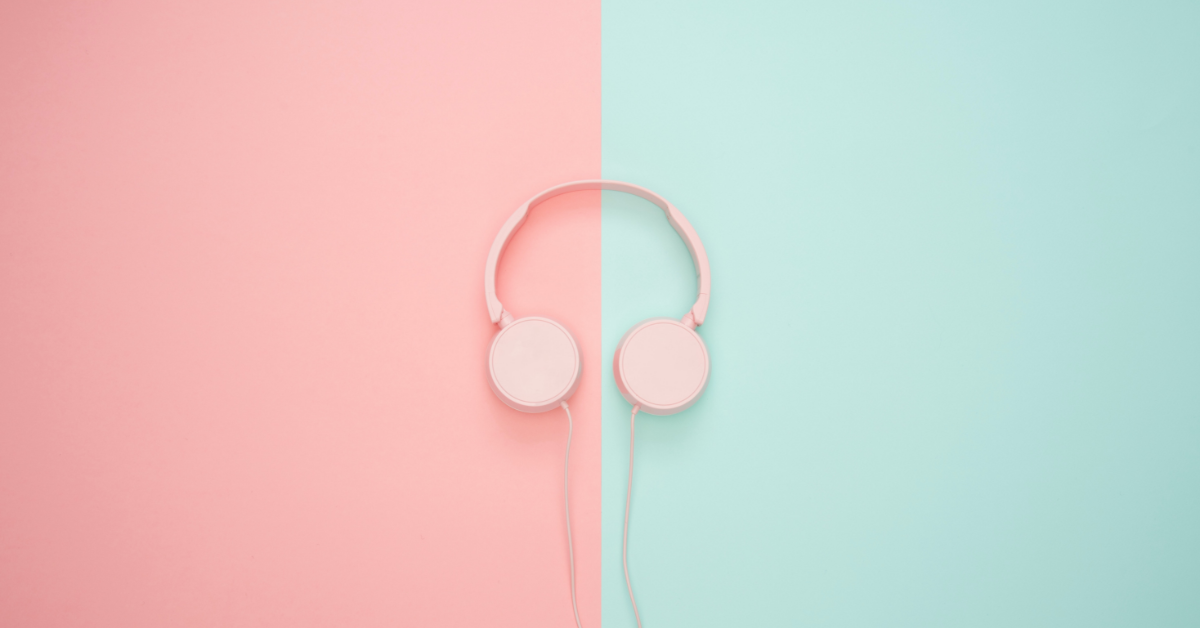Music is present in many moments of our life. When we exercise there is music; we feel sad and nothing better than happy melodies to lift our spirits, and if we are in a good mood, our party companion is wherever we go. More; To what extent can it affect our psyche?
We are going to explore this very natural plane of our lives that hides surprising stimulation mechanisms in our brain. The thesis will be composed of data from the American Association of Retired Persons (AARP). The AARP’s argument regarding their exams is as follows: In music lovers (music lovers) anxiety and depression are slightly reduced and brain well-being grows in contrast to the general population.
Regarding those who never attend or those who attended musical activities such as concerts, parties, or certain places of worship in the past, the difference in their own perception of their mental health as excellence is notable:
58% of those who attended in the past.
69% music lovers vs 50% of those who practically never exposed themselves.
The trend, in older adults who disliked exposure to music in their younger years and now manifest otherwise, is for higher-than-average mental well-being ratings. Concluding all that an active musical life is linked with good cognitive function and higher rates of happiness.
This study was conducted online, with a full 20 minutes to complete the survey, of 3,185 American adults 18 years of age and older. He did not have MRI equipment or a test to measure his cognition.
Taking the research real and digging a little deeper into the advances in cognitive neuroscience in recent years, and perhaps a little from our personal experience, we can speculate on some possible mechanisms that exemplify these magnificent effects of music on our brain: Music activates the auditory cortex in the temporal lobes; harmonize the parts of the brain involved in emotion; affects the memory area; activates the motor system.
So: Music is characterized by activating almost all regions and networks of the brain! That includes all those areas that are connected to learning, cognitive function, quality of life, well-being, and happiness. Only in activities where you socialize can so many brain networks be activated at the same time.








